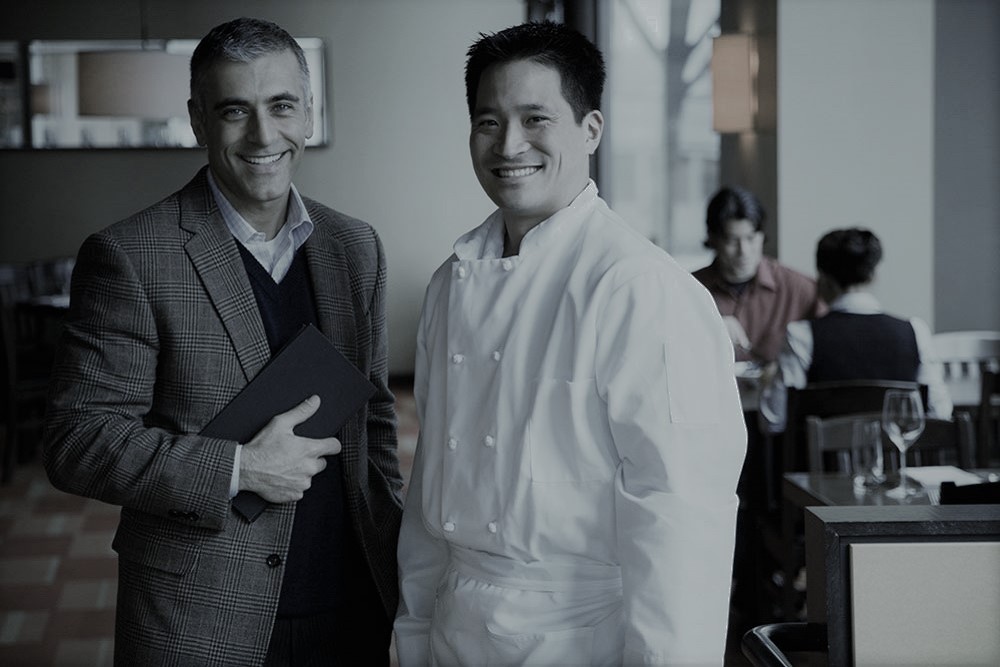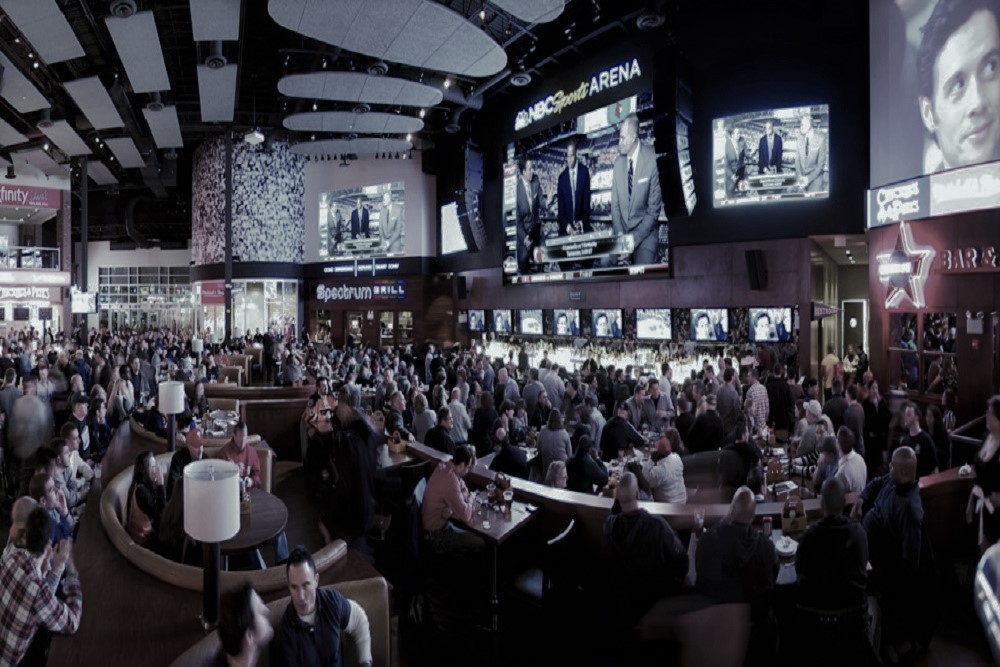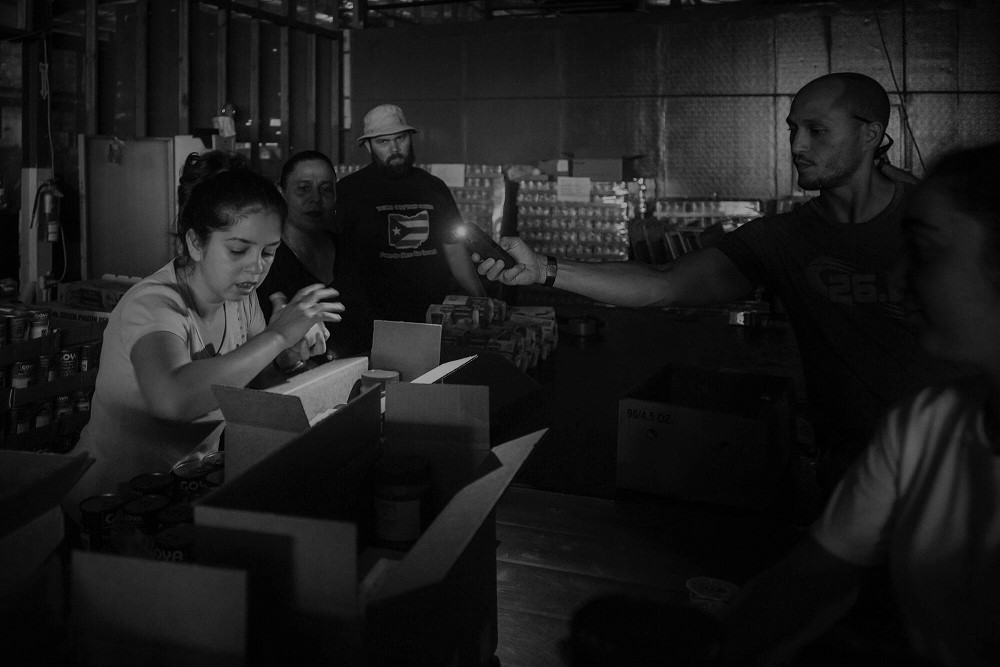Preparing Your Restaurant for Thanksgiving
Originally Posted on FoodableTV – By Doug Radkey 11/05/2017
Each individual has their own personal explanation of what Thanksgiving means to them. The general, modern celebration of Thanksgiving however, is characterized as an opportunity to enjoy quality time with friends, family, food, the occasional beverage, large parades, and yes, often the game of football.
It’s also a time to reflect, set aside political and corporate related agendas and turn a blind eye to the negative news surrounding us from around the world. Smiles, laughter, and memorable experiences are often shared over the course of the long weekend.
With so much focus around food, drink, and togetherness; what does all of this mean for restaurants on Thanksgiving?
Well, restaurants aim for a similar experience each and every day— offering food, beverage, smiles, laughter, and memorable moments with friends, co-workers, family, and loved ones.
Depending on the restaurant concept and its location, there likely lies a large opportunity to generate awareness, increase revenue, develop repeat customers, or hopefully, a combination of the three.
Here are six elements to consider for your restaurant around Thanksgiving:

1. Marketing 101
Solve a problem. For starters, a restaurant has an enormous opportunity to highlight consumer convenience by solving one of Thanksgiving’s largest ‘problems’.
What’s the one thing everyone enjoys at Thanksgiving? The answer (naturally) is eating the delicious Thanksgiving meal. What are the two things everyone dislikes at Thanksgiving? The answer is cooking the delicious meal (for many people) and of course cleaning up after the often large, messy meal.
With high quality design, consumer touch-points, and overall (pain-point) messaging, a marketing program can highlight convenience, more time for family, and yes, keeping a nice clean kitchen at home.
How can your restaurant leverage this solution?
2. Menu Development
The traditional Thanksgiving meal revolves around turkey, stuffing, yams, other vegetables, and of course, pumpkin pie. Is your restaurant in a position to offer this traditionally plated meal or other fall/harvest flavors? How about a unique variation or infusion based on your restaurant’s concept and kitchen structure?
Don’t be afraid to think outside-the-box and get creative. If you’re a sports bar, put together a football inspired Thanksgiving menu. If you’re a QSR near a parade route, create an easy-to-eat holiday inspired option for on-the-go.
Develop a menu plan with the entire kitchen team (and bar team) with the restaurant or bar’s target market and concept kept close in mind. As always, keep the specialized menu small and inviting to reduce inventory, prep-time, additional staff requirements, and potential waste.
3. Revenue Options
If you strongly believe the target market would prefer to dine at home for Thanksgiving, don’t look at it as a potential loss. This presents an opportunity to offer the catering of a traditional or concept-infused, Thanksgiving meal— right to their door!
Create a variation of value-added packages for different sized parties and request 72 hours (or more) notice to have it prepped and delivered, right on time. Just don’t forget the high quality take-out containers and plates for an easy clean-up afterwards! Pre-ordered packages such as this will generate cash-flow, control potential waste, and control staff costs.
4. Cross-Promotions
Make sure that special events and other winter related promotions are planned for well in advance. The Thanksgiving holiday weekend can act as a forerunner to both Christmas and New Years Eve parties, packages, and other revenue generating opportunities such as gift card sales.
With the right marketing and sales mix, a restaurant or bar can take advantage of pre-booking and pre-sale opportunities; keeping in mind many consumers are already in a money spending mindset, thanks to the likes of ‘Black Friday’ and ‘Cyber Monday’ which surrounds the holiday in the US.
Create a marketing plan that will drive sales now and over the next 1-2 months.
5. Giving Back
Based on your concept, target market, location, and/or size of establishment, maybe the above options aren’t right for you. This doesn’t mean that your restaurant cannot be involved in the festivities. Consider hosting a community benefit meal for less fortunate individuals or families, or hosting a meal for military personnel.
If that may not work, consider getting your team involved in the holiday by assisting at local food banks or shelters. This practice will not only increase employee engagement, but also develop a positive perception of your brand and increase the possibility of local media coverage. Make it a win-win for everyone involved!
6. Saying Thanks
It may sound obvious, but show what you’re thankful for. Give thanks to your customers with appropriate messaging on social media, your website, or within the specialized menu. You can step it up a notch and ask staff to provide a video snapshot on what Thanksgiving means to them and then create a video montage to share on Social Media.
Speaking of staff, let’s not forget about them! Ensure they’re given time to spend with their friends and family too. Be flexible with your scheduling and/or consider special operating hours over the course of the weekend – and don’t forget to thank them for their loyalty and commitment!
By truly knowing and understanding your target market, your concept, and the neighboring business environment, the Thanksgiving holiday weekend is an excellent time to showcase your brand and your creativity – ultimately generating awareness, revenue, and repeat business opportunities.









